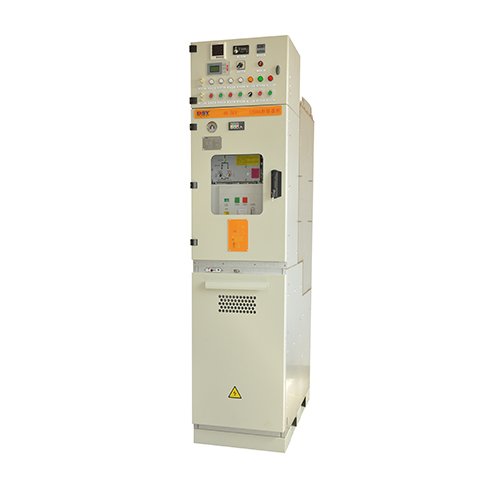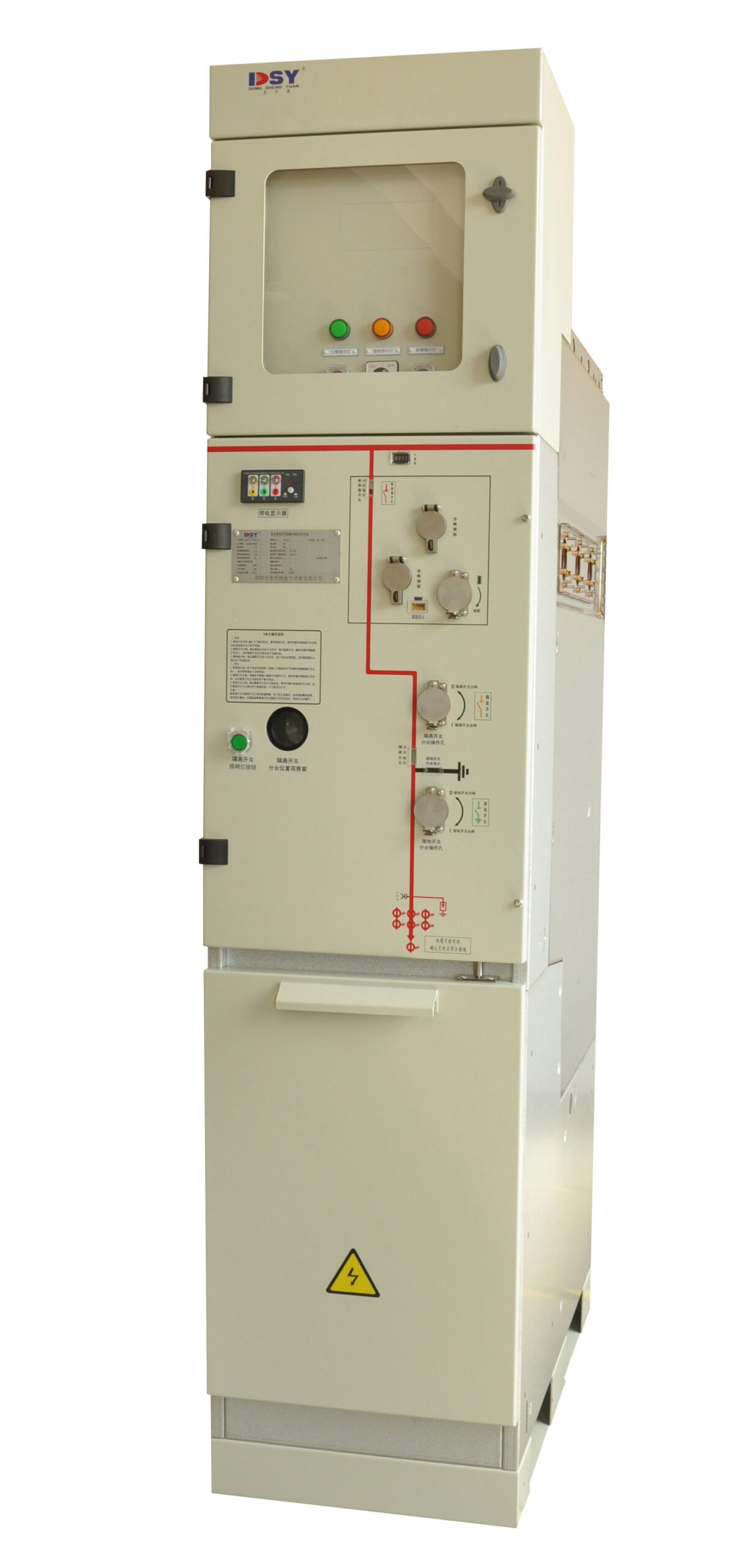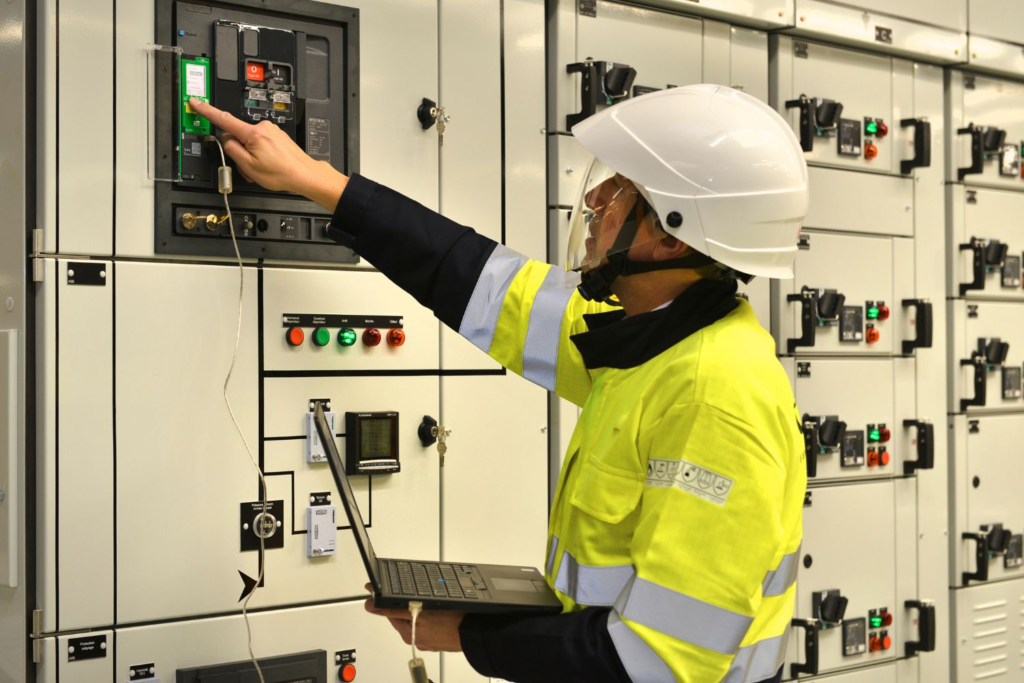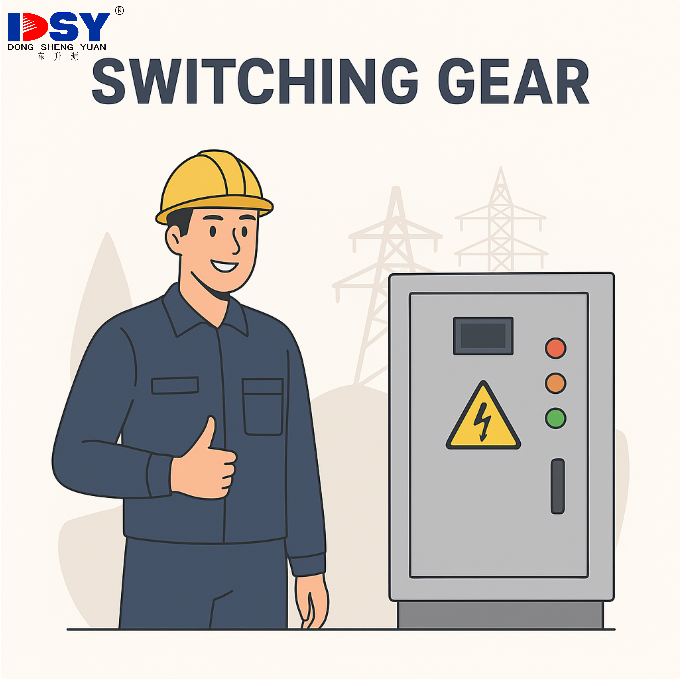Choosing the right Gas-Insulated Switchgear (GIS) depends on your electrical, environmental, and budget requirements. Here’s a structured way to evaluate:

1. Electrical Specifications
-
Rated Voltage – Match your grid/system voltage (e.g., 11 kV, 33 kV, 132 kV, etc.).
-
Rated Current – Consider maximum load current under normal operation.
-
Short-Circuit Rating – Ensure it can withstand and interrupt the maximum fault current.
-
Frequency – Usually 50 Hz or 60 Hz depending on your country’s grid.
-
Busbar Configuration – Single bus, double bus, or ring main depending on reliability needs.
2. Environmental & Site Conditions
-
Available Space – GIS is ideal when space is limited (urban areas, offshore, tunnels).
-
Climate & Pollution – Choose higher sealing class if exposed to dust, salt, or humidity.
-
Seismic Resistance – If in earthquake-prone areas, ensure GIS meets seismic standards.
-
Altitude – At higher altitudes, dielectric strength of gas changes—derating may be needed.
3. Gas & Environmental Considerations
-
SF₆ Gas – Excellent insulation but high global warming potential.
-
Eco-Gas Alternatives – Options like fluoronitrile mixtures (g³, C4-FN) or vacuum + clean air for eco-friendly needs.
-
Gas Monitoring System – Prefer GIS with pressure sensors and alarms.
4. Reliability & Maintenance
-
Manufacturer Reputation – Established brands often offer better QC and after-sales support.
-
Maintenance Accessibility – Look for modular design and easy access to components.
-
Spare Parts Availability – Check lead time for replacements.
-
Expected Service Life – Good GIS can last 30–40 years with minimal servicing.
5. Safety & Standards
-
IEC or IEEE Standards – Ensure compliance with IEC 62271 or IEEE C37.122.
-
Internal Arc Classification (IAC) – Higher classification means better operator safety in case of faults.
-
Earthing Provisions – Confirm safe grounding design.
6. Cost Factors
-
Initial Investment vs. Lifetime Cost – GIS costs more upfront but may save money in land use, reliability, and maintenance.
-
Installation Complexity – Pre-assembled modules can cut labor costs.
-
Energy Losses – Consider long-term operational efficiency.

Quick Tip:
If you’re not sure, prepare a technical specification sheet with your voltage, current, short-circuit level, installation site conditions, and environmental targets—then request quotations from multiple GIS suppliers for comparison.
If you want, I can make you a side-by-side comparison table of different GIS types and configurations so you can pick one faster. Do you want me to prepare that ?





